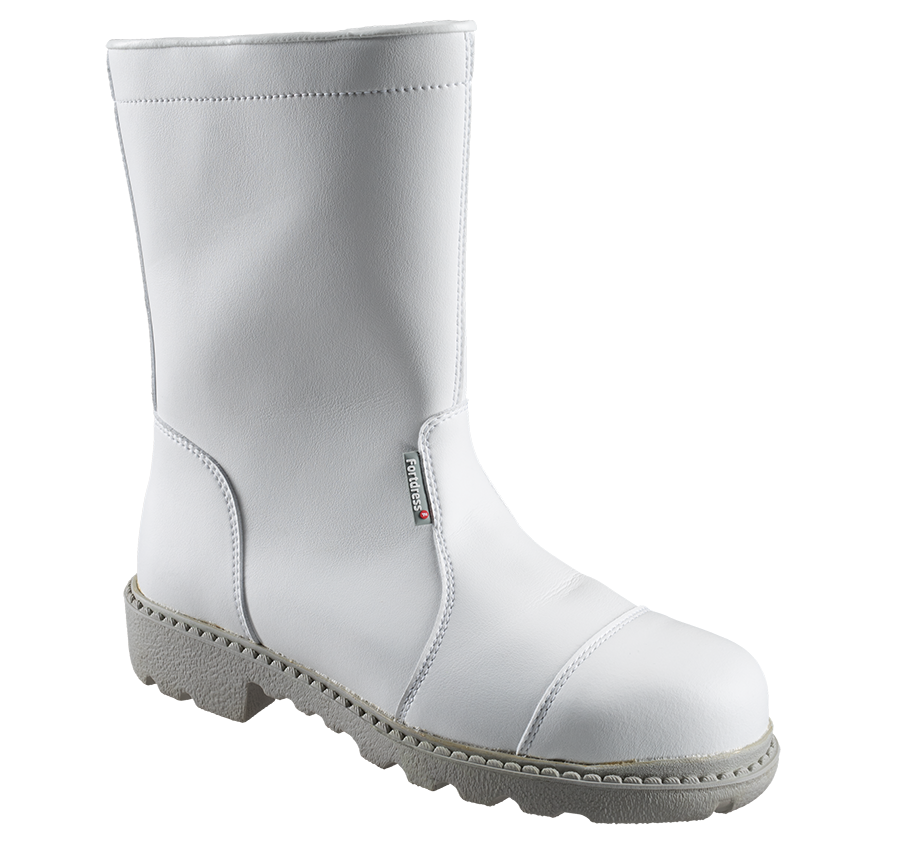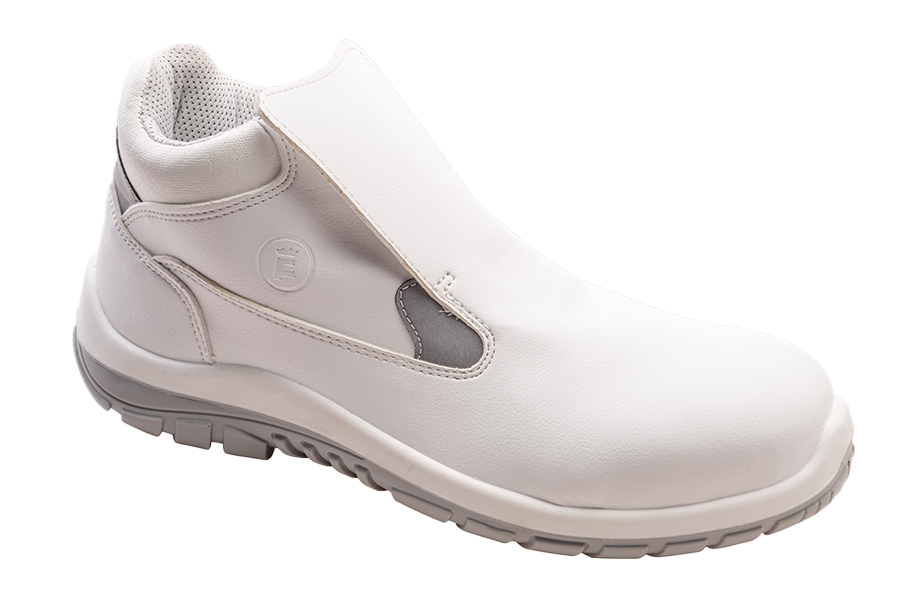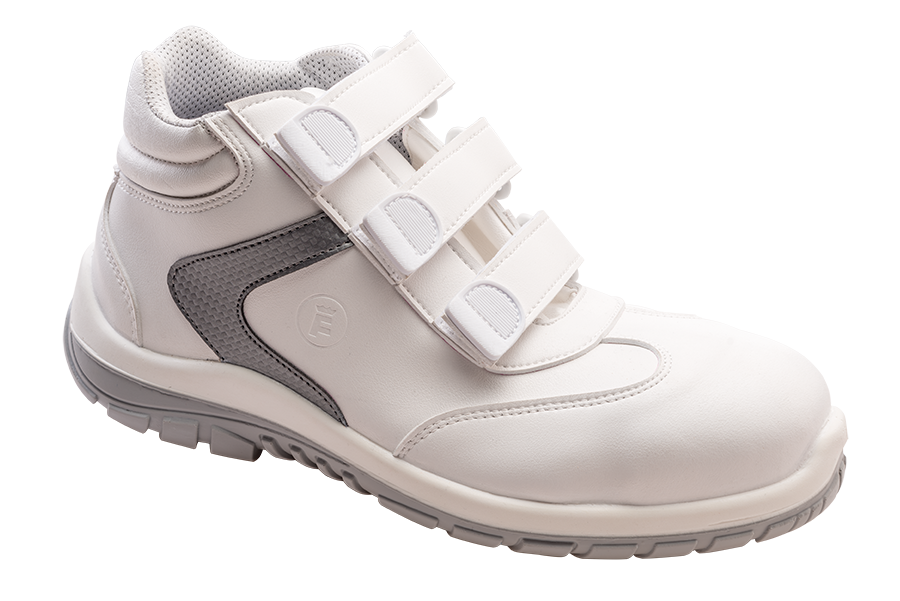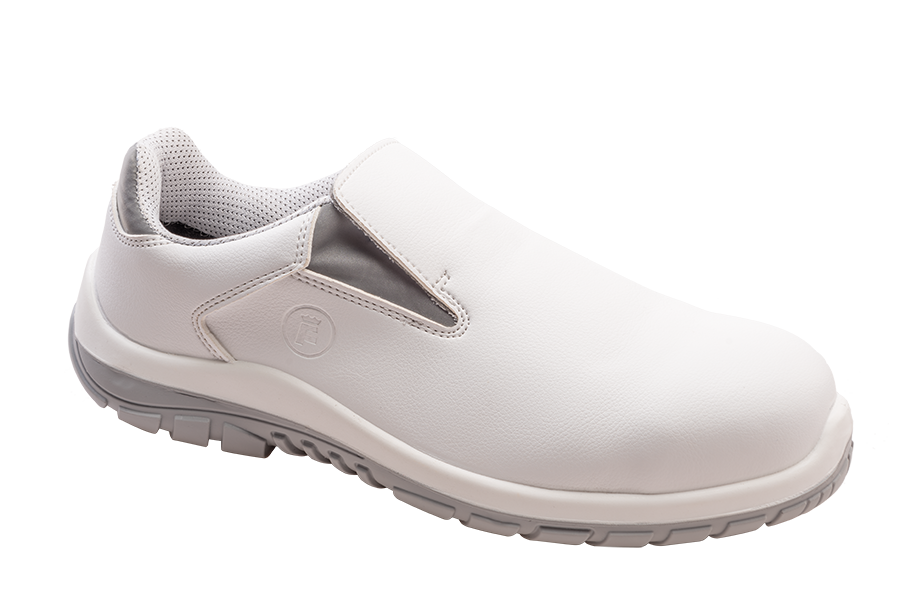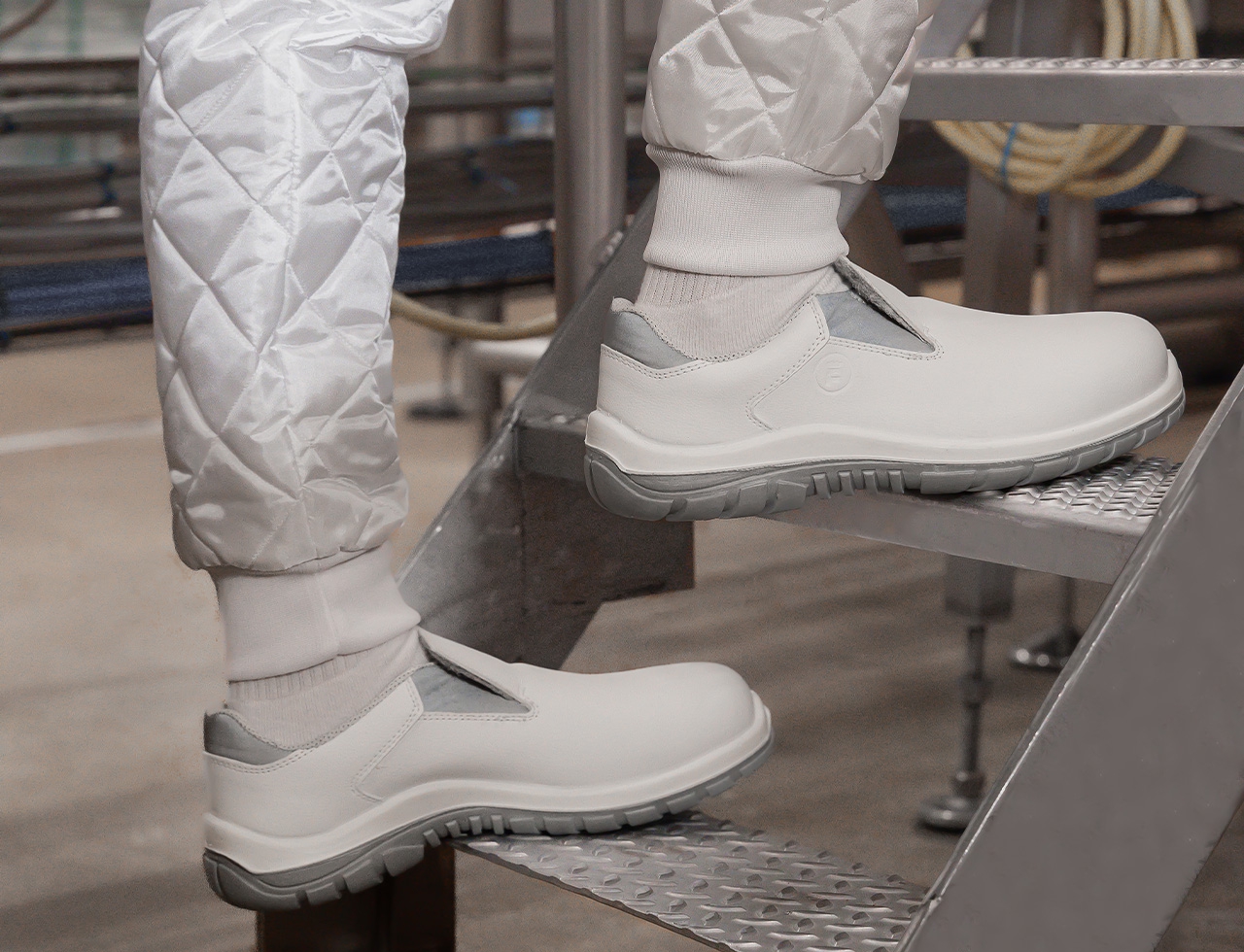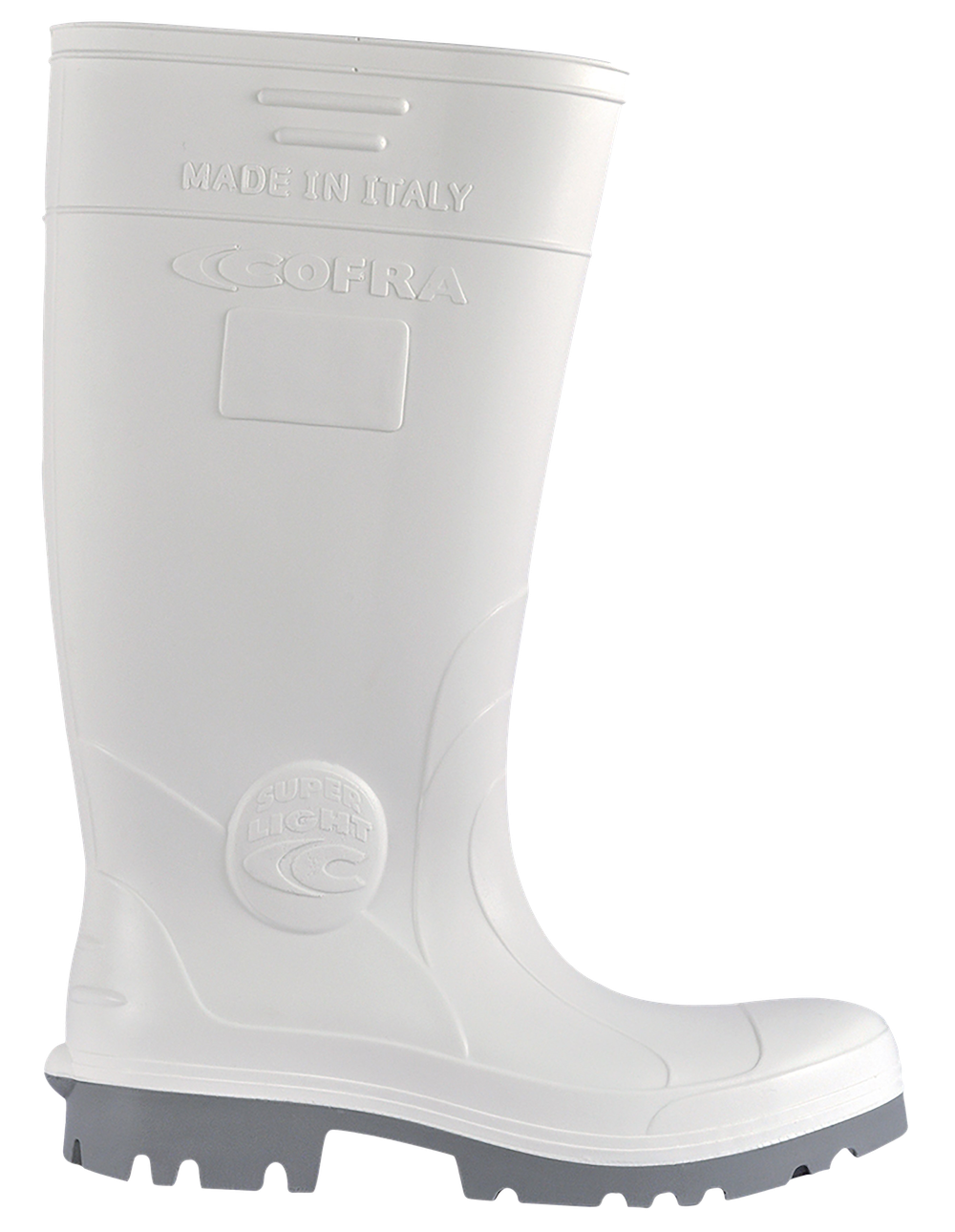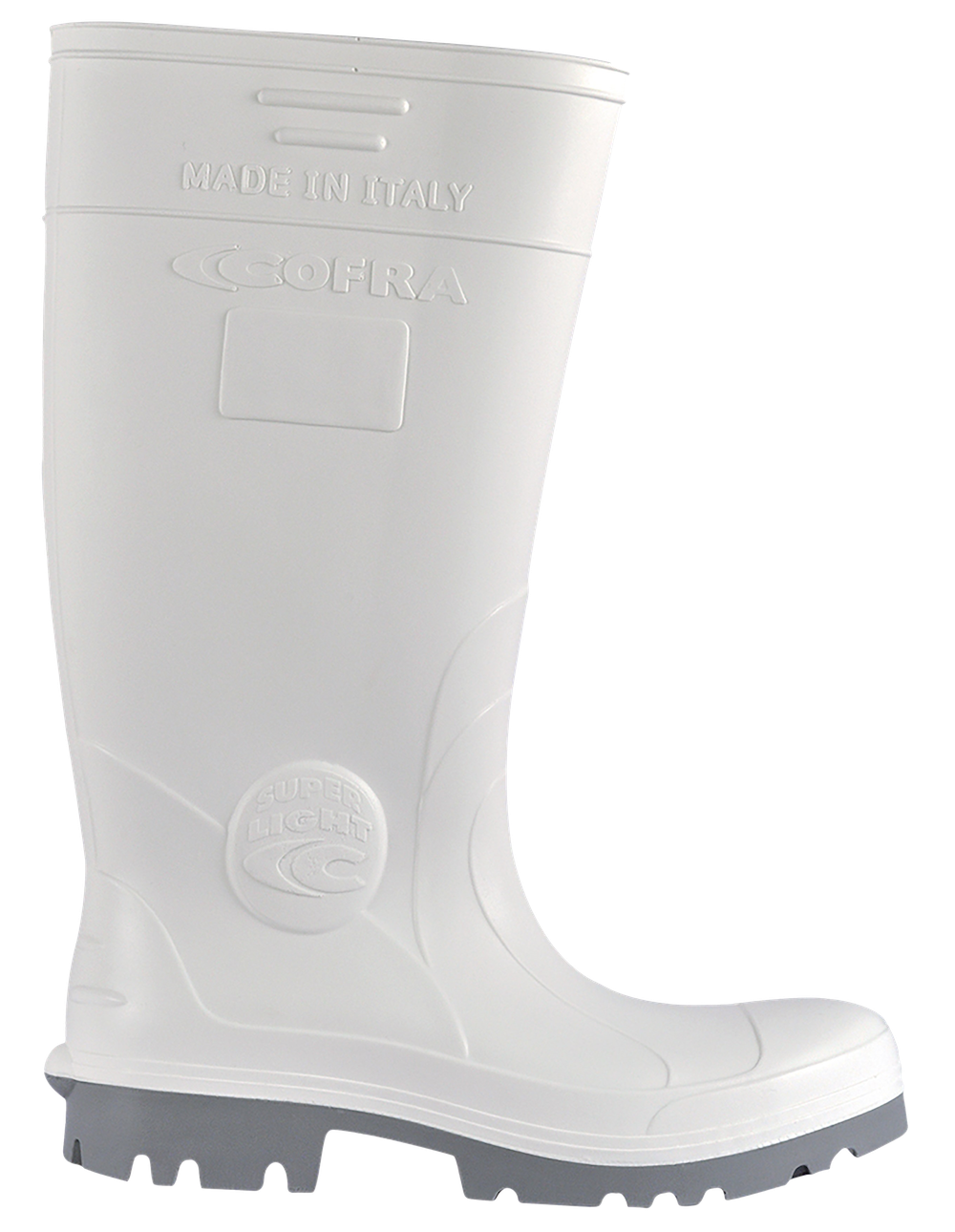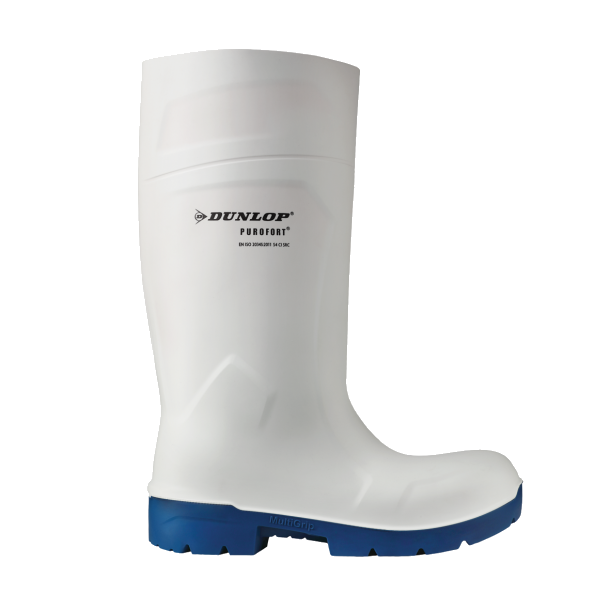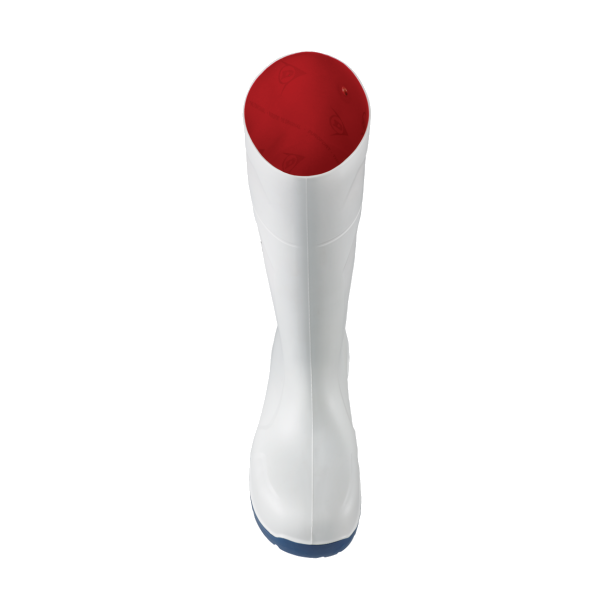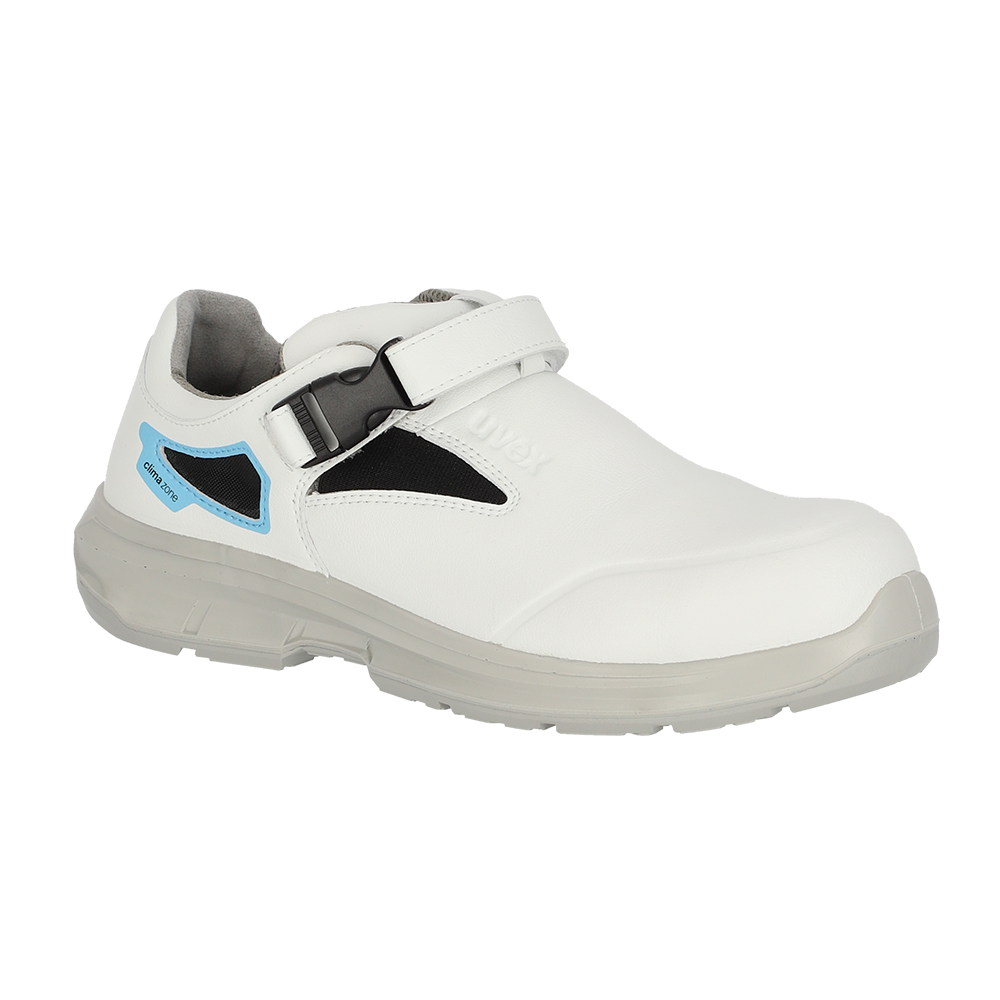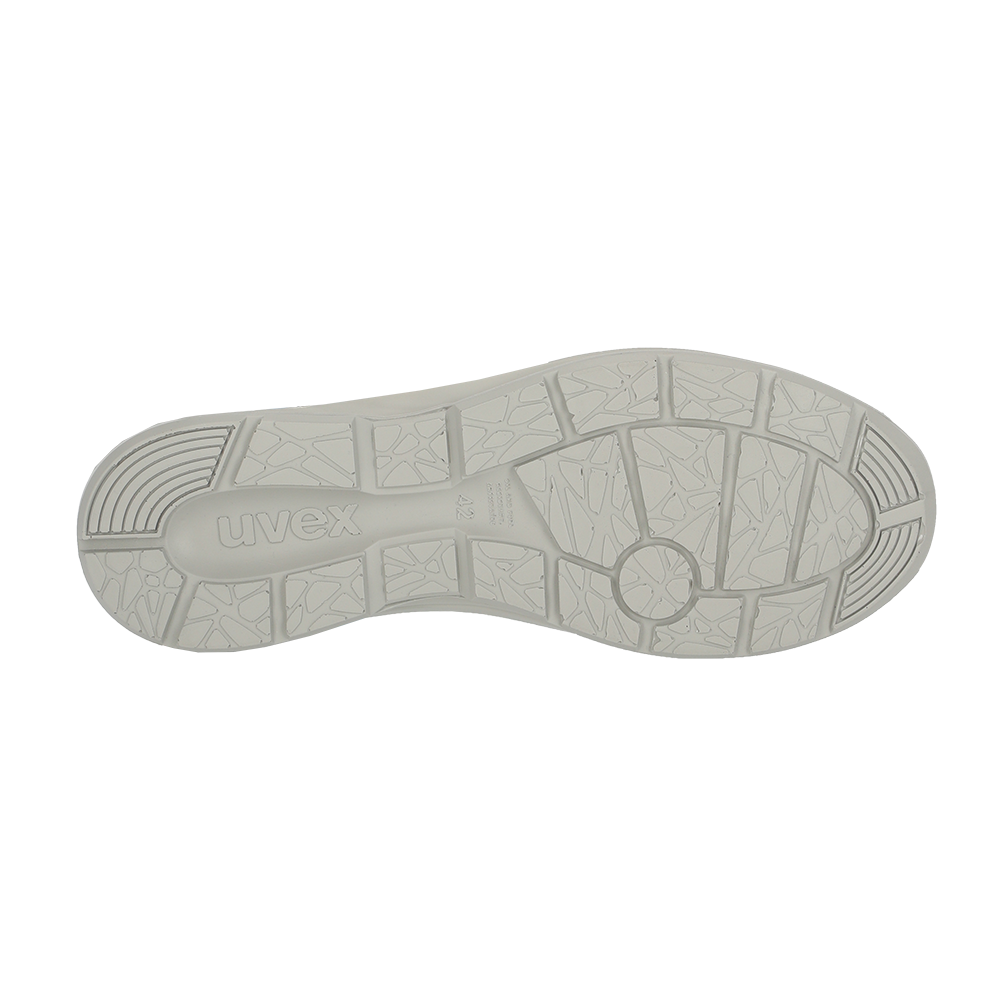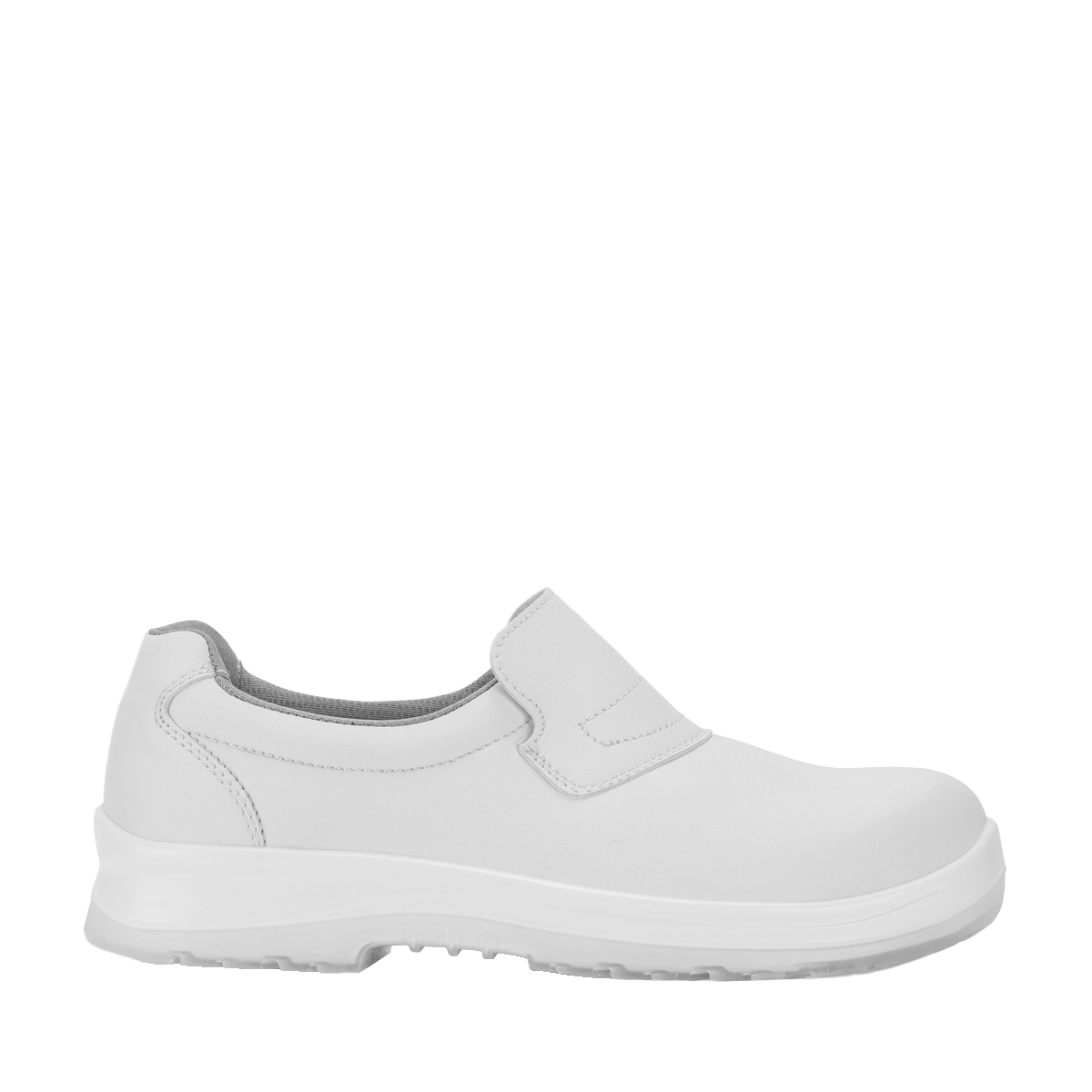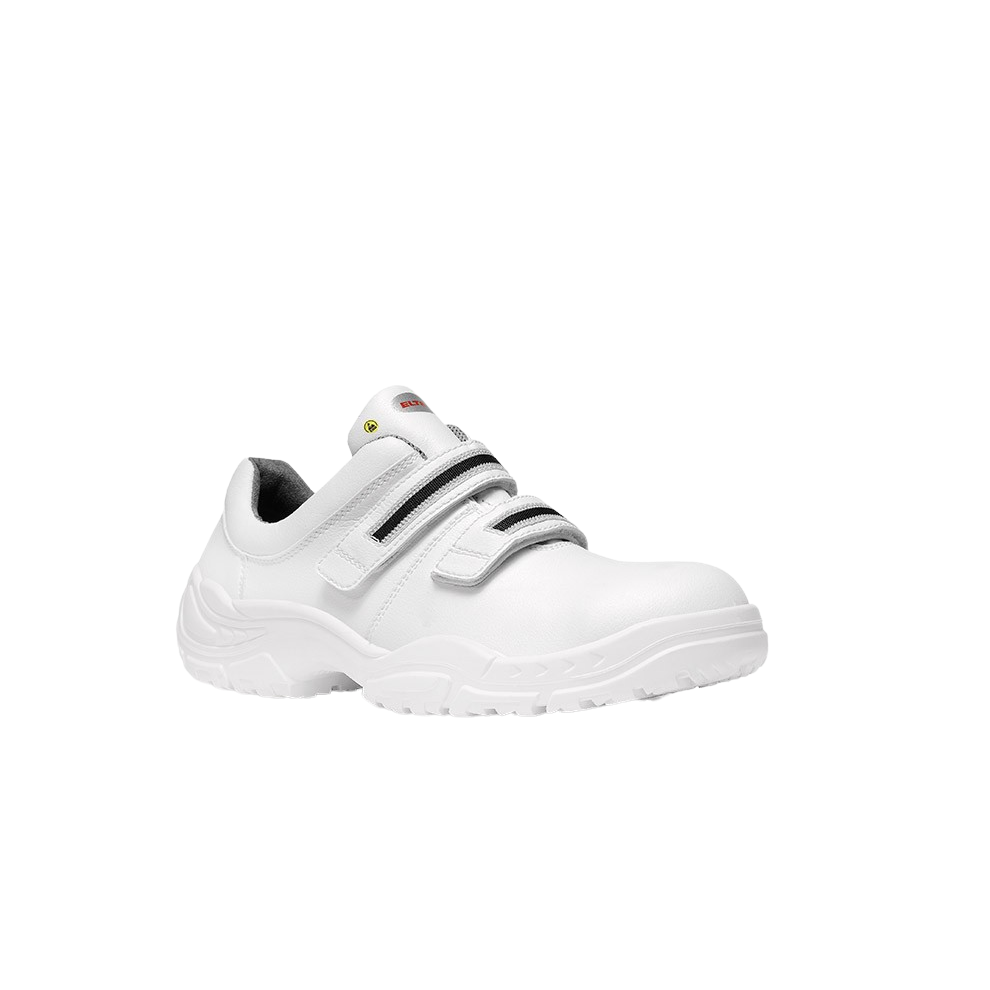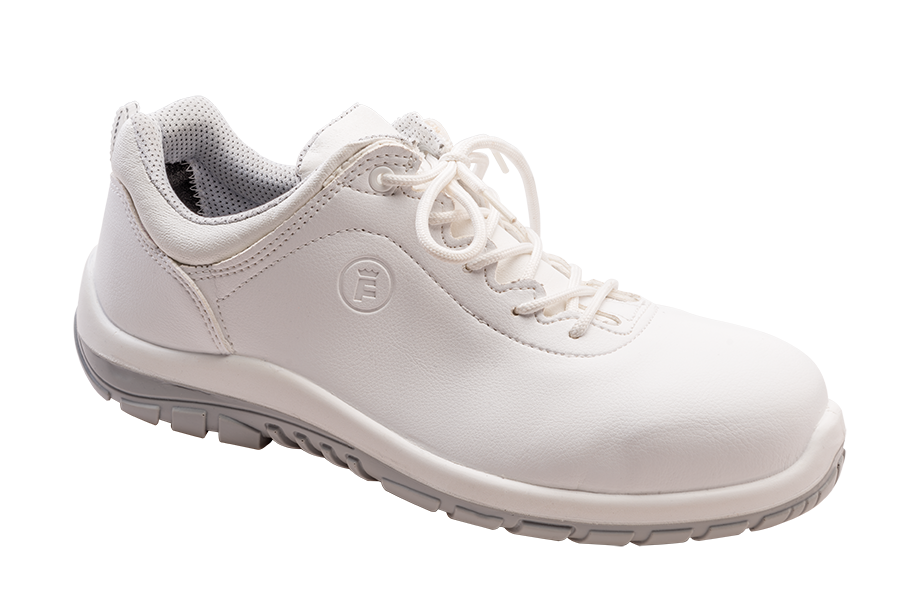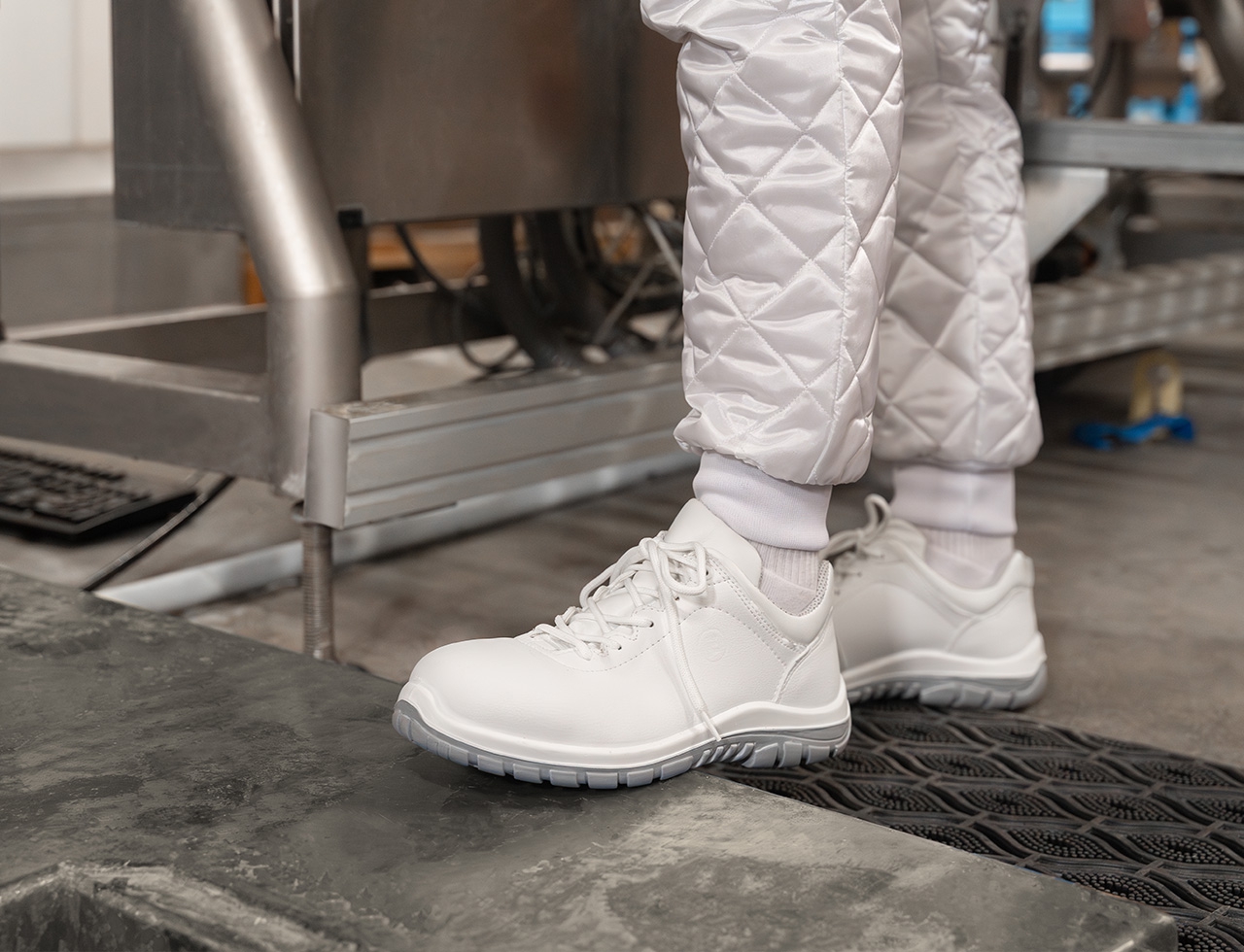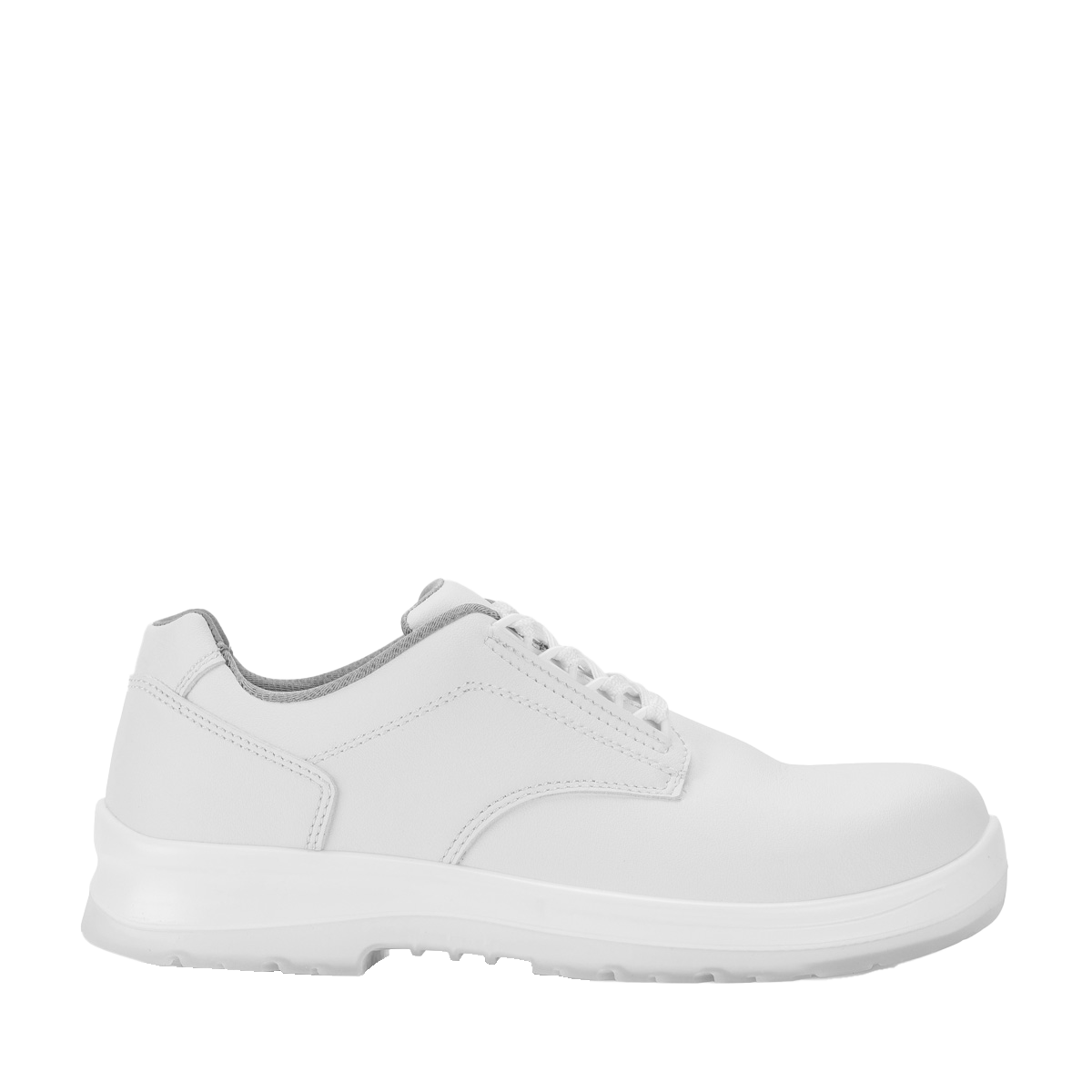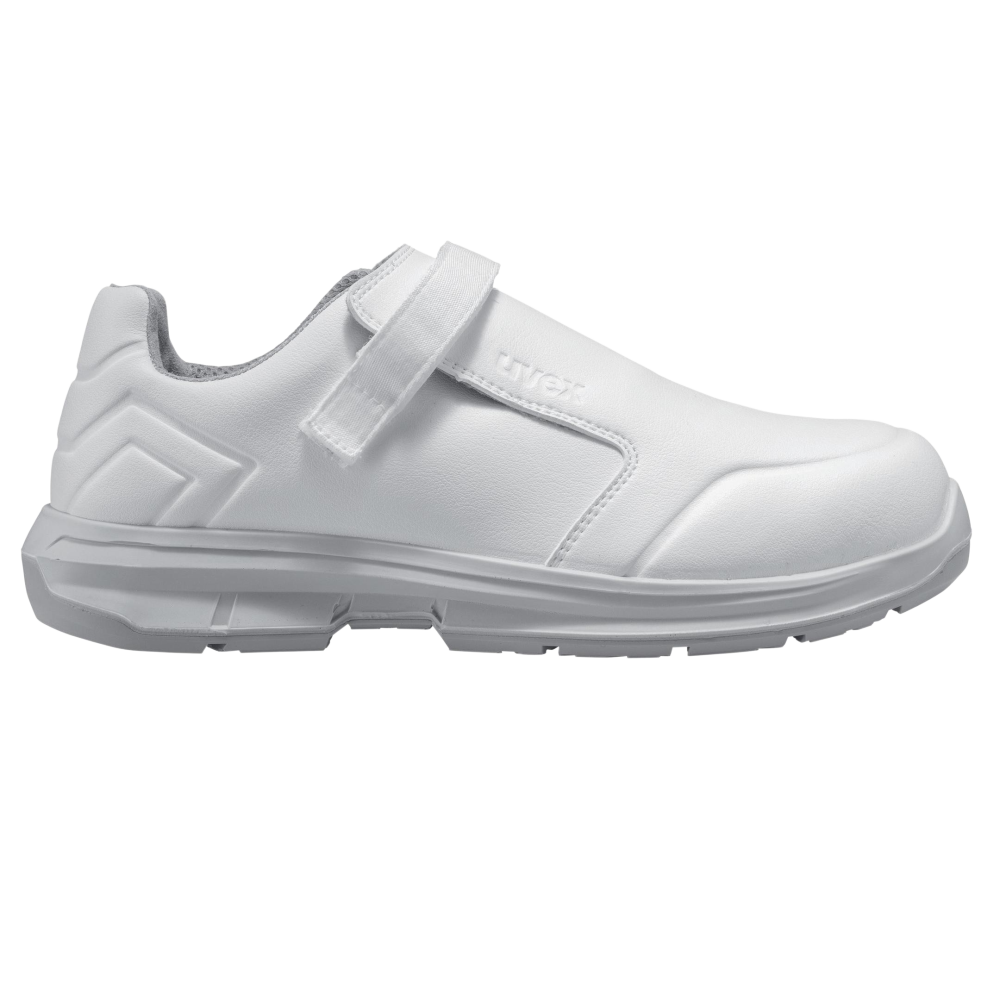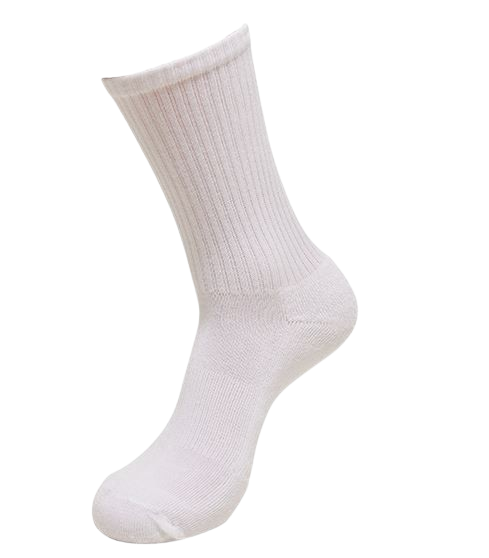Safety Work Shoes and Boots in the Hygiene Sector.
In hygiene-sensitive areas such as the food industry and production, choosing the right shoes and boots is crucial to avoid possible contamination. White safety shoes and rubber boots, which are easy to clean and sanitise, are used as standard in this sector. White shoes help to quickly remove any contamination.






Foot Protection for Proper Hygiene at Work
In hygiene-sensitive areas such as food production, white work shoes and boots are the standard to quickly identify potential contaminations. Every stain becomes immediately visible.
Why are Work Shoes and Boots Mandatory in Hygiene Areas?
Work shoes and boots worn in food production and hygiene areas must withstand high demands to ensure high hygiene standards.
The HACCP concept helps identify risks in food production and processing within the company and initiate appropriate measures to minimize them.
Work shoes and boots not only need to meet necessary safety criteria but also ensure comfort, health protection, and everyday usability.
DIN 10524 - "Food Hygiene - Work Shoes and Boots in Food Establishments"
The requirements regarding suitable and clean workwear are defined in DIN 10524.
- EN ISO 20345 or DIN EN 345-1 = Safety Shoes
- EN ISO 20347 or DIN EN. 347-1 = Occupational Shoes
What do S1, S2, and S3 Mean?
The abbreviation S primarily describes the safety category for the work shoe in general, which is divided into various categories.
Category S1
Work shoes and boots in Category S1 must be equipped with a toe cap that withstands at least 200 joules of pressure, an antistatic sole, and a closed heel area.
Work shoes and boots marked with SB also have a toe cap but lack a closed heel area.
Category S1P work shoes are often modern and sporty in appearance, resembling regular sports shoes. They are typically lightweight, often metal-free, and therefore very comfortable.
Category S1P describes work shoes and boots with toe caps additionally equipped with a puncture-resistant midsole. To provide a comfortable, lightweight, and flexible feel, the toe protection is often made of plastic instead of steel.
Category S2
Category S2 work shoes are primarily worn in food production and hygiene areas.
Category S2 work shoes have a toe cap and are water-resistant (waterproof for at least 1 hour). If these shoes are made from polymeric material, they fall into protection class S4. An example of this class is rubber boots.
Category S3
Category S3 work shoes have a toe cap, a puncture-resistant midsole, and are water-resistant. Additionally, these shoes have an antistatic sole with a slip-resistant outsole. The outsole has a stronger tread pattern compared to safety shoes in Category S1. If these shoes are made from polymeric material, they fall into protection class S5. An example of this class is rubber boots.
EN ISO 20347
Occupational shoes fall under the category O. They typically do not have a toe cap. However, if a cap is present, no specific requirements are imposed on it. The use of these shoes depends on the nature of the job and the tasks performed by the wearer.
Additional requirements may be necessary for all shoes:
- OB: Occupational shoes that meet the basic requirements of EN ISO 20347 and may be equipped with an open heel area.
- O1: Occupational shoes like OB, additionally antistatic and resistant to fuel, with energy absorption in the heel area. The heel area must be closed.
- O2: Occupational shoes like O1, additionally waterproof.
- O3: Occupational shoes like O2, additionally equipped with a puncture-resistant midsole and a treaded outsole.
What's the Difference Between Occupational and Safety Shoes?
The difference between occupational and safety shoes is that safety shoes have a metal or plastic protective toe cap in the front part of the shoe to protect the toes.

